Those of you who have followed me for a while here on CarsCollection.com have been able to read about both Polish 1, 2 and most recently Polestar 4.
The Polestar story began back in 1996 with the Swedish motorsport team Flash Engineering, run by Janne "Flash" Nilsson. Flash Engineering later became Polestar Racing and an official performance partner of Volvo. The team competed in STCC, Swedish Touring Car Championship, with custom-built Volvo cars. They also started competing in WTCC, World Touring Car Championship, 2011 with Mr Robert Dahlgren behind the wheel - then in a Volvo C30. I photographed the Volvo C30 Polestar together with other Volvo models and a then young Robert Dahlgren himself.





Later, as Volvo's official performance partner, Polestar moved on to developing sportier versions of Volvo models - like the BMW M, Audi RS and Mercedes-AMG. I photographed the Volvo C30 Polestar for Auto Motor & Sports when Thomas Berggren test drove it - this was in 2010.







Then the development continued. The first Volvo model to officially receive the Polestar blue emblem was the Volvo S60, in 2013. But back in 2012, I took pictures for the German Auto Motor & Sports on the concept car. I also got to test drive Volvo S60 Polestar and that article can be read here.





The photo shoot took place at Volvo's "secret" test track Hällered - a place I had already visited as a young man, when my father, Bengt Ason Holm, photographed the top secret Volvo models ECC for its presentation.


2015 was the year that Volvo became 100% owner of Polestar. In the same year, I took pictures for Volvo and Polestar of the XC90 and V60 models in Polestar livery, together with the racing drivers Fredrik Ekblom and Mr Thed Björk, both of which competed in STCC for Volvo Polestar. The photo shoot was done at Mantorp Park together with the STCC cars they were racing with.




Between 2013 and 2015 I worked as a team photographer for Polestar during the STCC season. The most memorable race during this period was probably the one in Falkenberg, when Prince Carl Philip went and won - and his father, His Majesty the King, was there to see his son triumph.
My time with the Polestar team ended with a race at Ring Knutstorp, where I handed over framed prints to the drivers as a thank you for a great time. From left to right: Prince Carl Philip, Fredrik Ekblom and to my right - Thed Björk.




Enough about my history with Polestar - let's focus instead on the model of the total of four I had not yet driven: namely Polestar 3.
In my article on the Polestar 4, I had some things to say about its lack of a rear window. In my opinion, the Polestar 3 is a more family-friendly car - both in terms of looks and cargo space. Polestar themselves describe the Polestar 3 as a performance SUV, and the particular version I borrowed was the Performance version.

In fact, the Polestar 3 has been awarded the British TV programme Top Gears price for Best EV SUV 2025. I tried to ignore that when I got behind the wheel - after all, I've driven a lot of electric SUVs, and my opinion of them is not always very positive. As you could read in my article on Audi Q8 e-tron Dakar: long-distance travelling is certainly not the strong point of electric SUVs.

However, the Polestar 3 has received a number of other honours in addition to the Top Gear award. Most recently it was recognised by Australian Chasing Cars to Luxury Car of the Year 2025.

The Polestar 3 I borrowed for a week was the Performance version, which means it doesn't have the 706 kilometres of range promised in the Long Range Single Motor version. In the Long Range Dual Motor with Performance package - the one I drove - the range is 567 kilometres instead.
The difference between these two models, apart from the range, is in performance: 0 to 100 km/h takes just 4.7 seconds in the Performance version, while the longer-range model does it in 7.8 seconds.

The Polestar 3 actually impressed me, as it apparently did many others in the media. It feels sporty yet luxurious - in a very nice way. Sustainability is also extremely trendy these days. My last girlfriend, Sara Frost, worked with sustainability, so I've heard a thing or two about it. Polestar impresses here too.

Of course, the Polestar 3 is at the top when it comes to safety. Euro NCAP the car received - unsurprisingly - five stars. But not only that, it also broke records in the category child safety. The Polestar 3 scored a whopping 93 % - the highest score for a passenger car in Euro NCAP tests for nine years.

So after a week with the Polestar 3, I can only conclude that this is a really nice car in many ways: comfort, performance, range.
Okay - I admit I couldn't fully test the range, and I (luckily) didn't get the opportunity to test the safety either - as I didn't crash and have no children.
But the fact that it actually has a rear window... that's really appreciated.

Polestar 3 Long Range Dual Motor with Performance
Price: From SEK 1 030 000.
Motor: Two 180 kW permanent magnet motors
Liquid cooling
True torque vectoring on the rear axle
Possibility of decoupling the rear engine
Performance software upgrade that increases power by 20 kW and torque by 70 Nm
Transmission: Front and rear motors, four-wheel drive. Permanent synchronous motors.
Power: 517 hp (470 kW), total torque 910 Nm.
Battery: 400 V lithium-ion battery, 111 kWh capacity, 17 modules
Acceleration: 0-100 km/h 4.7 s
Top speed 210 km/h.
Range: 567 km (WLTP), Energy consumption (WLTP)¹
21.9-23.0 kWh/100 km
Service weight: 2579-2627 kg
Dimensions: (length/width/height): 4900/1968/1614 mm
Max trailer weight: 1500 kg
Web: www.polestar.com
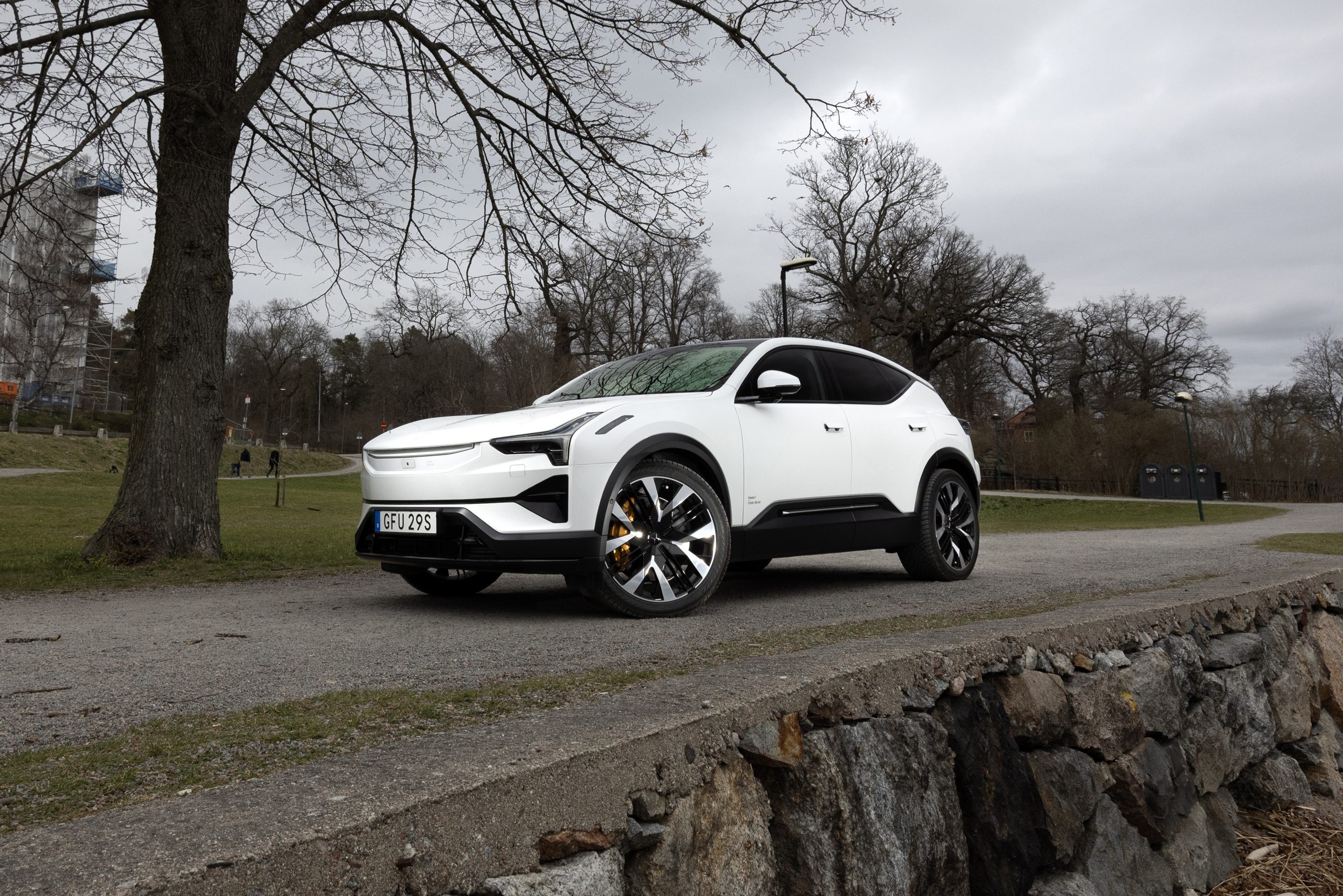
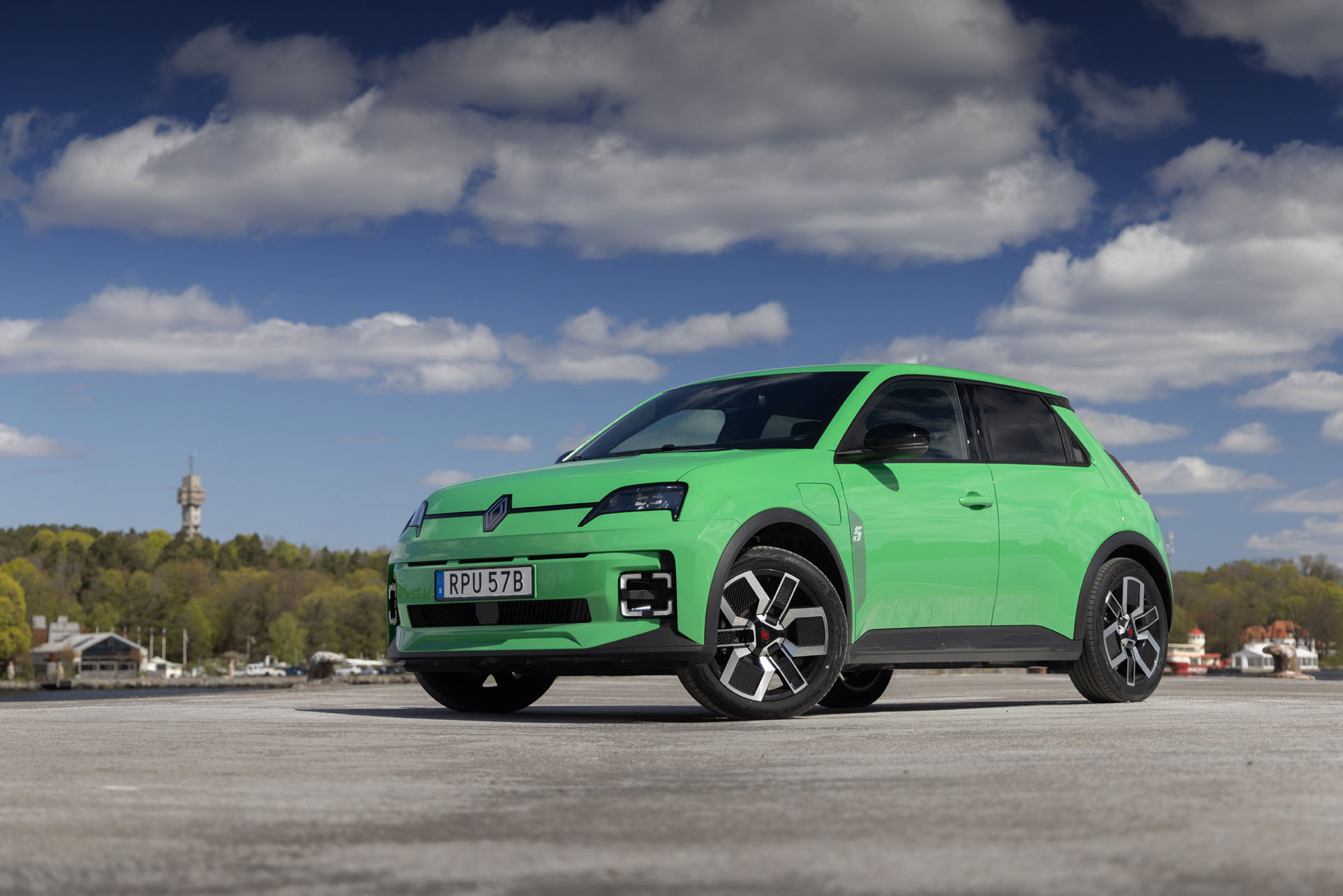
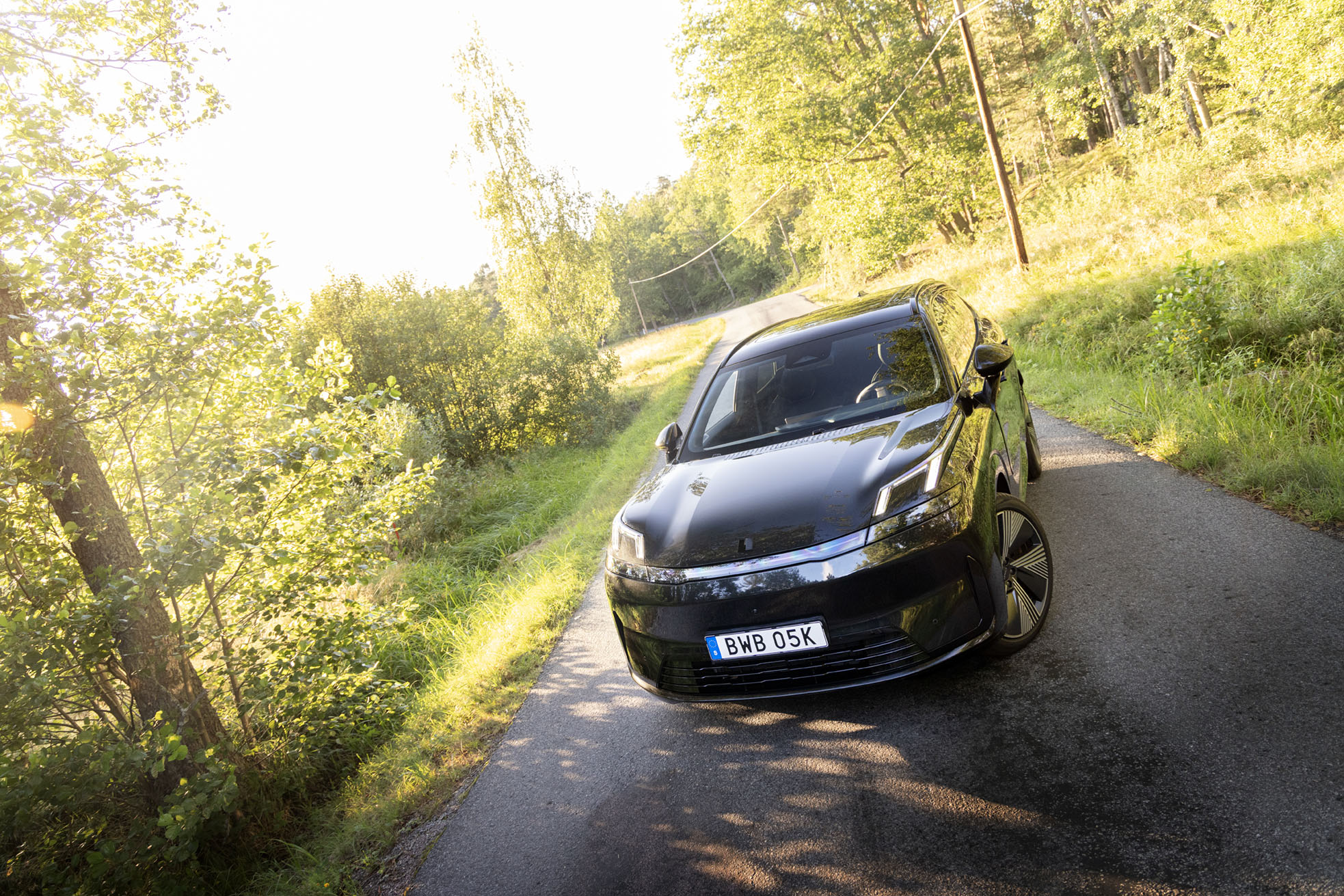
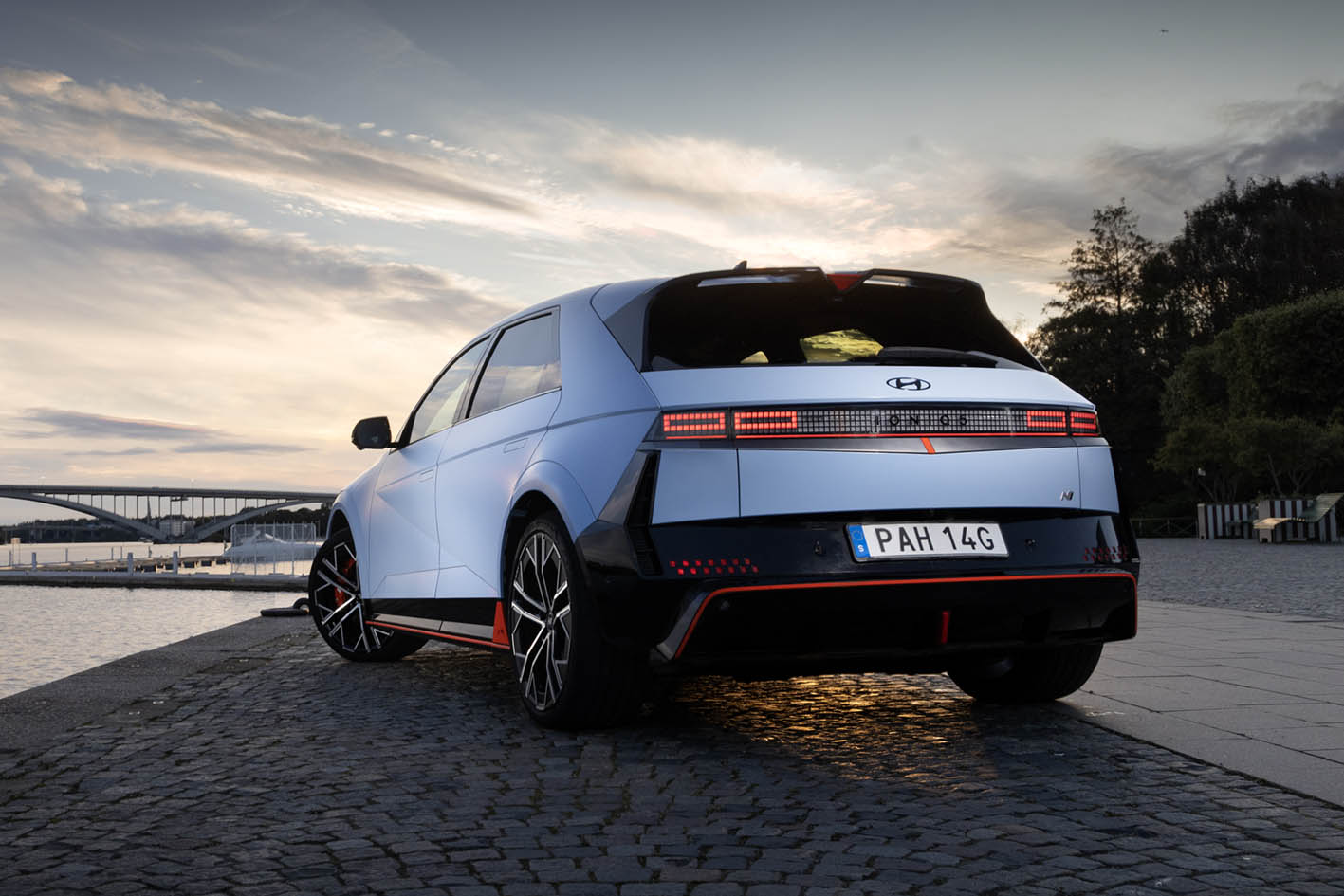
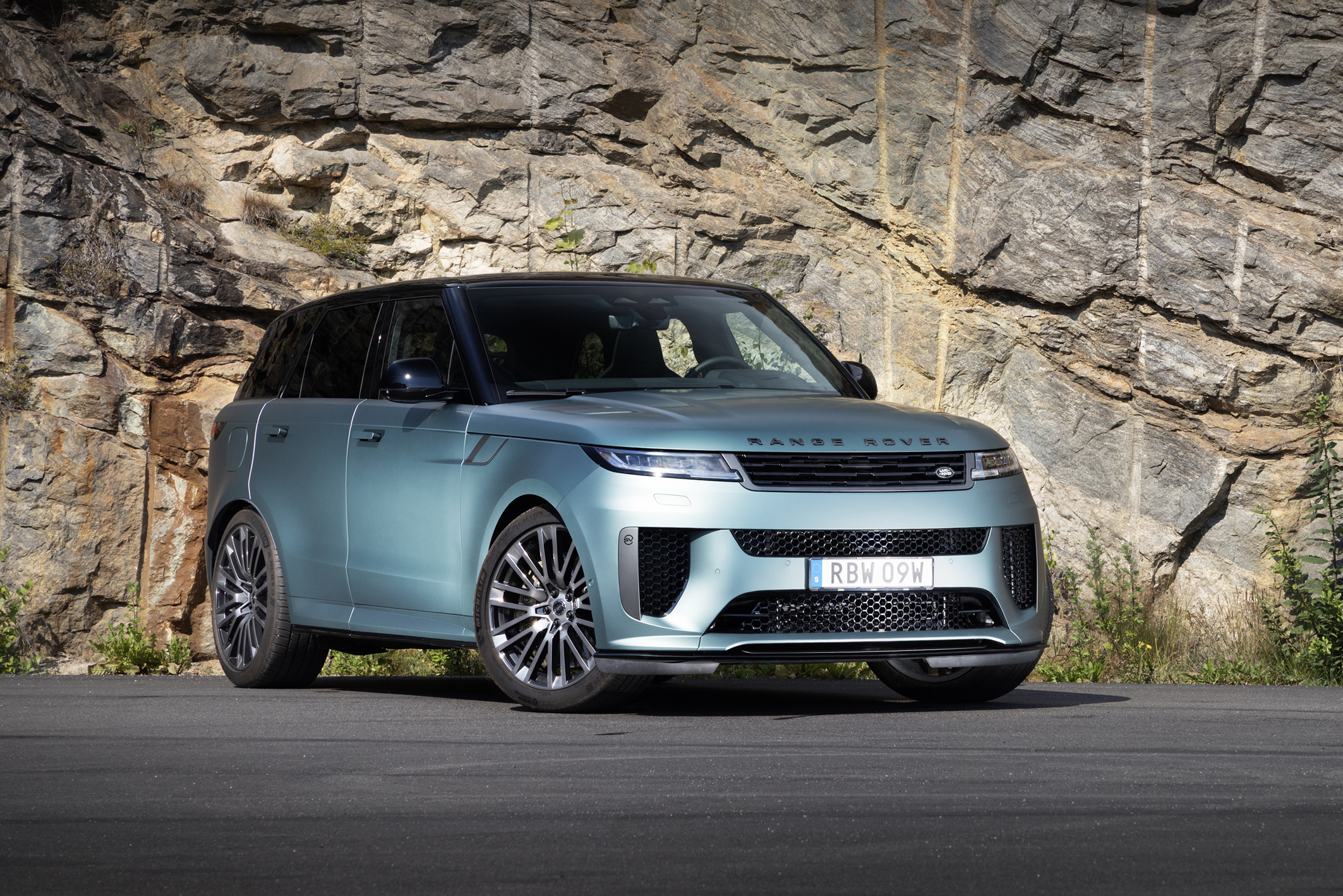
Leave a Reply